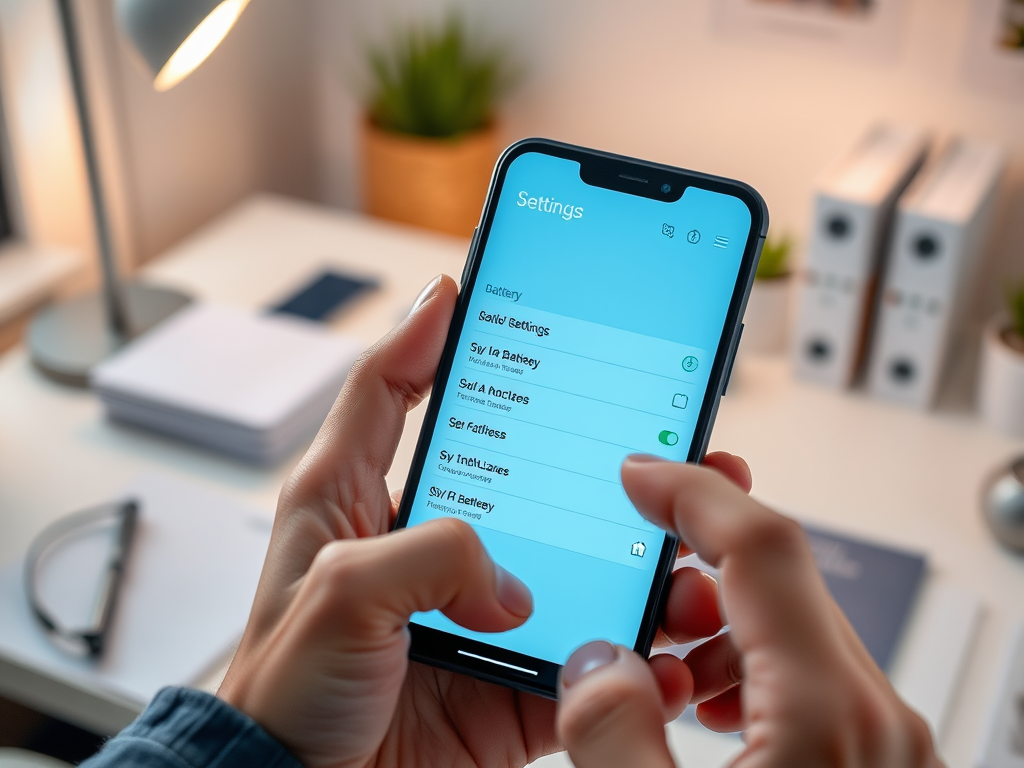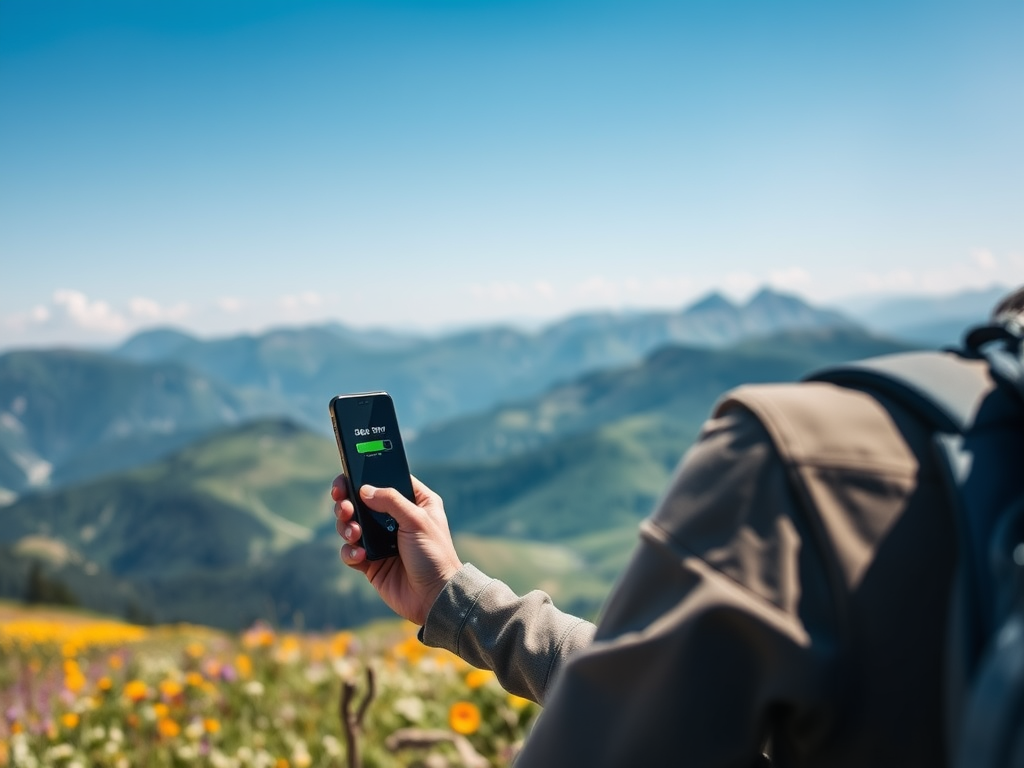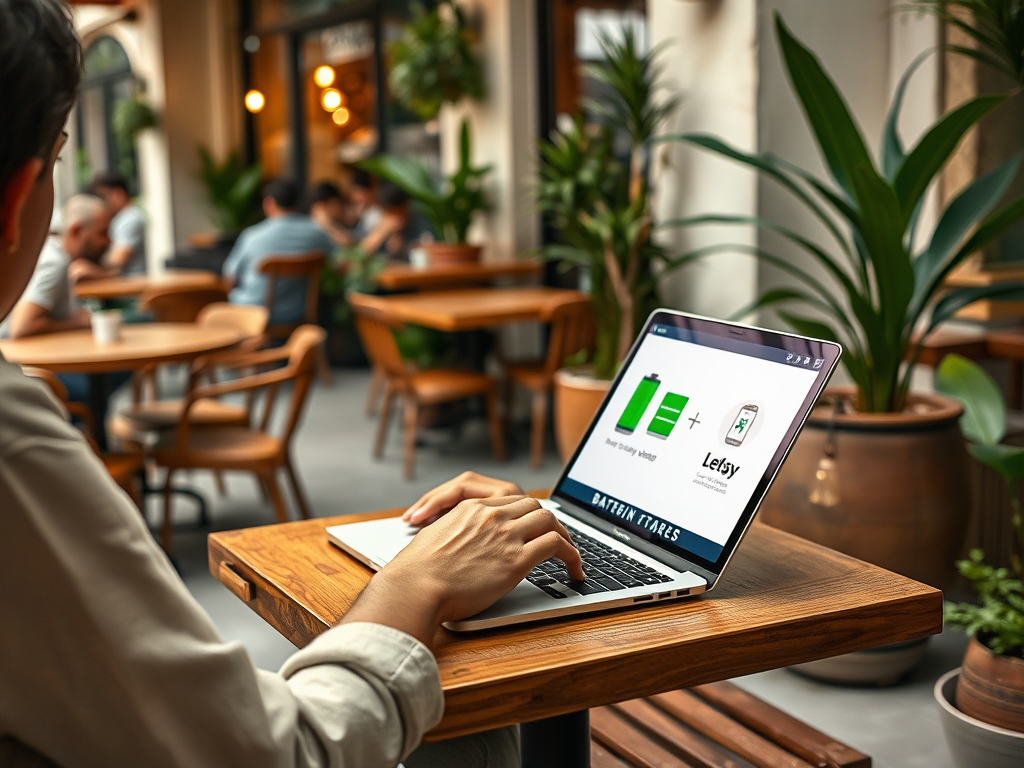In today’s fast-paced digital world, the last thing you want is your device dying on you when you need it most. Whether it’s your smartphone as you navigate through a bustling city or your laptop right when you’re about to submit your work, battery drain can prove to be a nuisance. Thankfully, with some simple adjustments, you can extend battery life dramatically, keeping your device powered for longer. Understanding how various features impact battery performance is vital in this quest. This article will guide you through easy modifications to your device that can result in a noticeable improvement in battery longevity. By implementing these changes, you can ensure that low battery warnings become a thing of the past.
Understanding Battery Drain

Battery drain can be a frustrating issue for smartphone and laptop users alike. It can occur due to a myriad of reasons, from the brightness settings to the number of applications running in the background. Understanding the factors contributing to excessive battery usage is the first step in mitigating this problem. Identifying these elements is vital for effective management. Once you grasp how each component affects battery life, you can make informed decisions to minimize drain. Thus, arming yourself with knowledge sets the stage for a more efficient device experience.
Adjust Power Settings

One of the most effective ways to extend battery life is by adjusting your device’s power settings. Most devices offer various power modes that can help manage energy consumption. Ranging from high-performance to your device’s battery saver options, these settings can lead to significant savings. Before diving into these settings, it’s essential to know which mode best suits your needs at any time. If you require a power-intensive task, the high-performance mode may be best. However, for regular tasks, a balanced or even battery saver mode will often suffice.
| Power Mode | Description | Best For |
|---|---|---|
| High-Performance | Maximizes performance, uses more battery. | Gaming, Video Editing |
| Balanced | Optimizes power for daily tasks. | General Use |
| Battery Saver | Minimizes background activity and extends battery life. | When Battery is Low |
Reducing screen brightness is a straightforward adjustment that can significantly impact battery life. It’s amazing to see how a simple tweak can yield powerful results. Here are a few methods you can employ:
- Enable adaptive brightness settings to automatically adjust based on ambient lighting.
- Manually dim the screen when not in use or in low-light conditions.
- Consider using dark mode, especially if your device has an OLED display.
Manage Background Applications
Applications running in the background can consume a considerable amount of battery. Many users are unaware of how many apps are active while they’re not in use. Regularly checking and managing these apps will result in improved battery performance. For instance, some apps continue to fetch data or notifications even when not opened. Limiting their activity can have a substantial impact on your device’s lifespan between charges. This way, you can reclaim vital battery life.
Many applications have settings that allow them to refresh content in the background, contributing to increased battery drain. Taking control over these settings is essential for battery management. Consider implementing the following ideas:
- Disable background app refresh for non-essential applications.
- Close apps that aren’t actively being used.
- Periodically check your app settings to ensure minimal background activities.
Disable Unused Features
Modern devices are packed with features that often drain the battery when not in use. Disabling or turning off unnecessary features can conserve energy. This includes features such as Bluetooth, Wi-Fi, and notifications from apps that you don’t use frequently. The more features that are running in the background, the more battery life is consumed unnecessarily. Identifying and disabling these settings is an important step in managing your device’s energy. By doing this, you can focus your device’s energy resources on what really matters.
Location services can drastically impact battery life, especially if left on for all apps. It’s worth reviewing how much this function is being utilized on your device. Here’s what you can do:
- Configure location settings to “While Using” for applications that do not require constant access.
- Turn off location services altogether when not needed.
- Review which apps have access to location data and adjust their permissions accordingly.
Update Your Applications and Device
Keeping your applications and operating systems updated can optimize performance and reduce battery drain. Developers continuously improve efficiency and fix bugs that may lead to excessive battery use. It’s crucial to not overlook the importance of these updates. Enabling automatic updates for your apps is an effective strategy to ensure you benefit from the latest efficiency improvements without manual intervention. Additionally, regularly checking for system updates can help your device run more efficiently. Try to set aside a few moments each week to ensure everything is up to date.
Here are a few tips for maintaining updated software on your devices:
- Enable automatic updates for your apps to benefit from optimizations.
- Schedule periodic checks for system updates to keep your operating system current.
- Remove unused applications that may be consuming battery unnecessarily.
Conclusion
Implementing simple adjustments can lead to significant improvements in battery life. By understanding your device’s settings and applications, you can effectively manage battery drain and enhance your device’s overall performance. Dedicating some time to evaluate these recommendations is an excellent investment for anyone dealing with battery issues. Tailor these strategies to your specific usage patterns and savor the extended battery life. Ultimately, ensuring your device is equipped to handle your demands will greatly enhance your user experience in our always-connected world.
Frequently Asked Questions
- What are the main causes of battery drain? High screen brightness, background applications, and location services are common culprits.
- Does closing apps help save battery? Yes, closing unused apps can reduce background activity and save battery life.
- Is using battery saver mode effective? Absolutely; it limits background processes and optimizes performance, extending battery life.
- How can I tell which apps are draining my battery? Check your device’s battery settings, where most operating systems provide details on app usage.
- Will decreasing screen brightness make a noticeable difference? Yes, lower brightness levels significantly conserve battery power, especially on screens that use a lot of energy.


